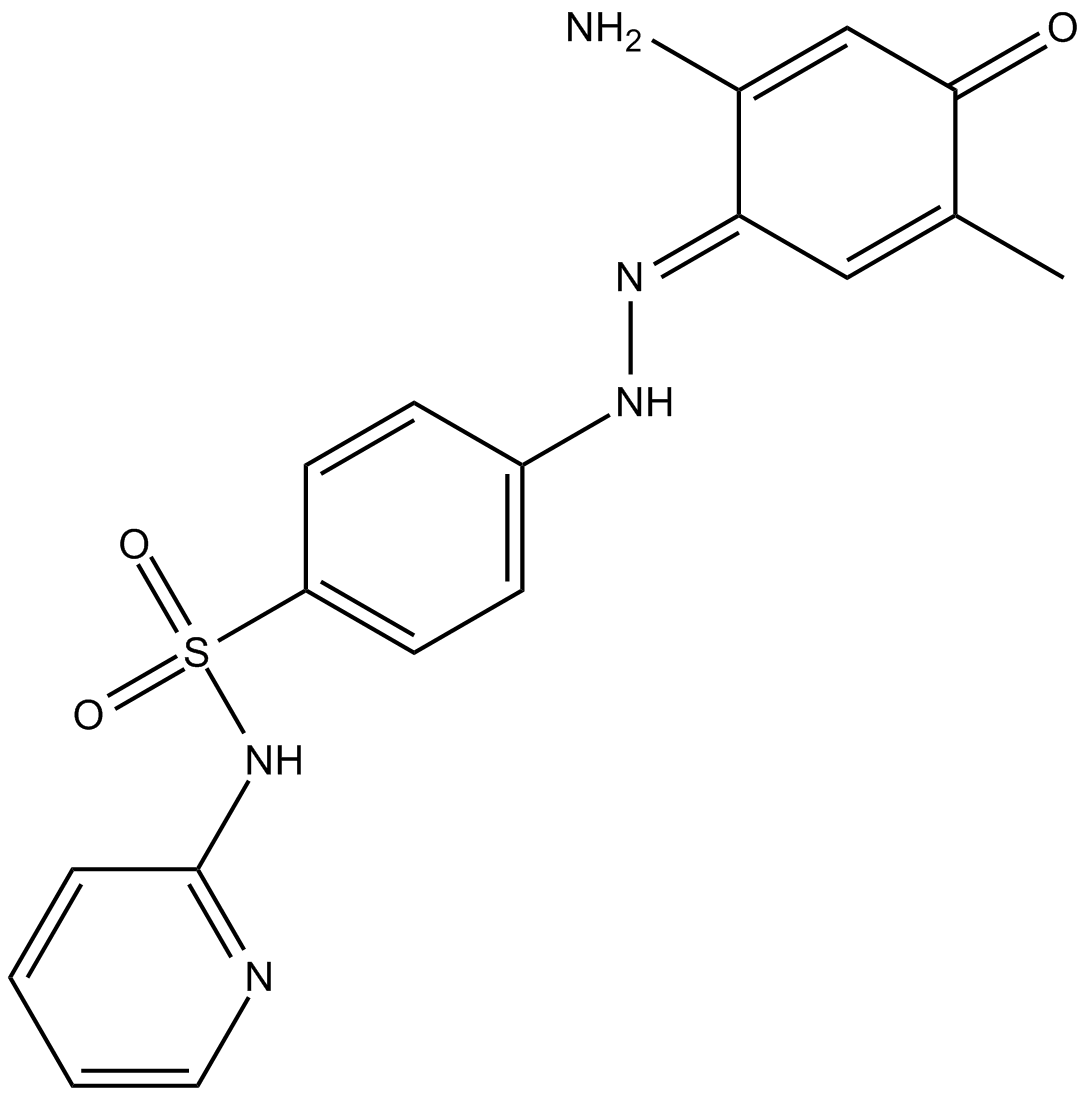MS436 |
| Catalog No.GC13148 |
BRD4 inhibitor
Products are for research use only. Not for human use. We do not sell to patients.

Cas No.: 1395084-25-9
Sample solution is provided at 25 µL, 10mM.
MS436 is a potent and selective small-molecule inhibitor of BRD4 with Ki values of <0.085μM and 0.34μM, respectively for BrD1 and BrD2 [1].
BRD4 plays a role in gene transcription and is a drug target for cancer and inflammation. It has two bromodomains. MS436 is a diazobenzene compound, it is designed from the SAR studies to have higher selectivity. In vitro fluorescent anisotropy assay shows MS436 has about 10-fold higher affinity of BrD1 over BrD2. MS436 binds to BRD4 through a set of water-mediated interaction and this is the molecular basis for the binding affinity. MS436 also has activity to CBP BrD. In RAW264.7 cells, MS436 can block NF-κB-directed NO production and block the expression of proinflammatory cytokine interleukin (IL)-6 induced by LPS [1].
References:
[1] Zhang G, Plotnikov AN, Rusinova E, Shen T, Morohashi K, Joshua J, Zeng L, Mujtaba S, Ohlmeyer M, Zhou MM. Structure-guided design of potent diazobenzene inhibitors for the BET bromodomains. J Med Chem. 2013 Nov 27;56(22):9251-64.
Average Rating: 5 (Based on Reviews and 13 reference(s) in Google Scholar.)
GLPBIO products are for RESEARCH USE ONLY. Please make sure your review or question is research based.
Required fields are marked with *




















